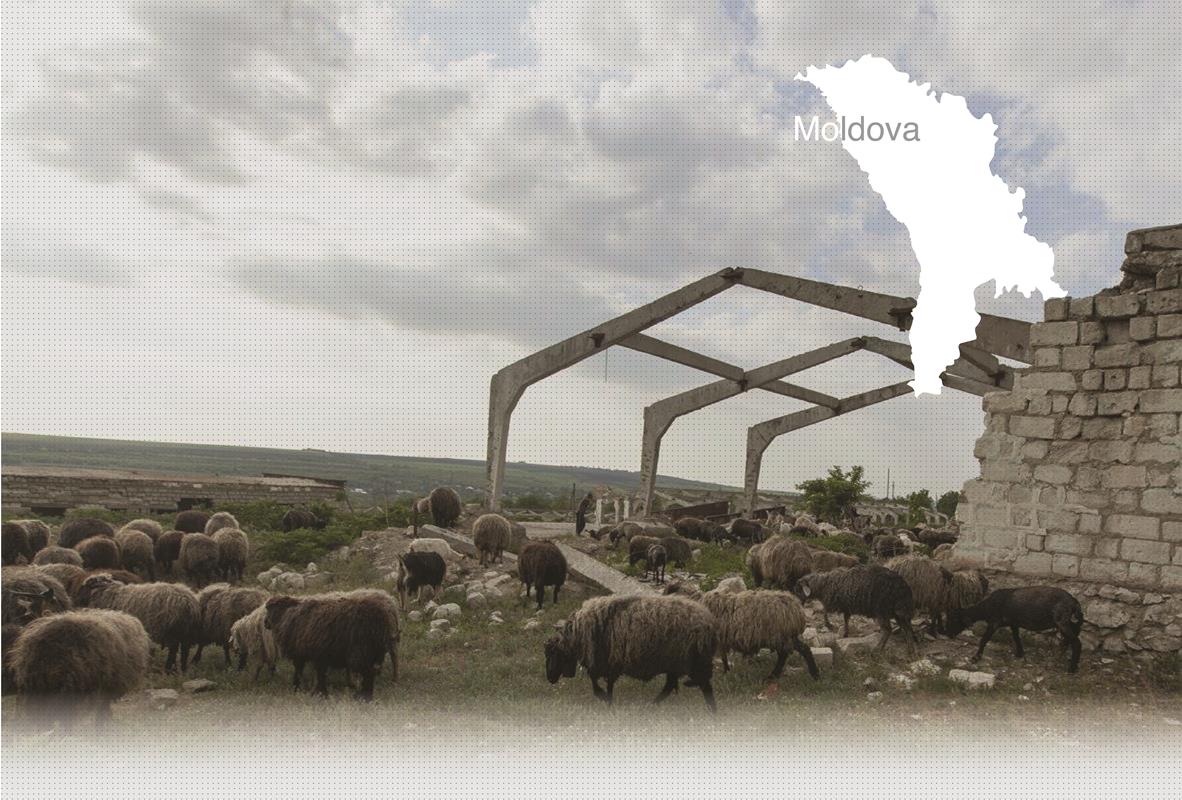

1 Killing site(s)
Trofim C., born in 1931: “About twelve Jewish families lived in Isacova before the war. The Jews were mainly traders, almost every family owned a store. Their shops and houses were located in the center of the village. I remember my Jewish neighbors: Hanna, Fiega and Moishe. Moishe had a store, but he was also a farmer. He had his own piece of land and some livestock. When the occupation started, the Germans and Romanians arrived in Isacova, while the town of Orhei was still occupied by Russians. The local Jews were afraid of the German and Romanian soldiers. About a week after their arrival, they started to massacre the Jews (…)” (Witness N°193M, interviewed in Isacova, on November 25, 2014]
Isacova is an old village in Orhei County, located 50km north of Chisinau. According to the locals, the village was a Jewish agricultural colony. Before the outbreak of the WWII, the village was mostly inhabited by Moldovans. According to local testimonies, there were also about twelve Jewish families living in Isacova (about sixty people) as well as about ten sedentary Roma families. The Jews from the village were mainly traders. They occupied the center of the village, where they owned many shops. Trofim C, born in 1931, remembers that Jewish children would go to the same school as Moldovan children. There was no synagogue in the village. The Jews from Isacova most probably went to one of the synagogues in Orhei, located about 13km from Isacova. The synagogues in Orhei, already in the early 1900’s, served over 7.000 Jews living in the city (668 Jews) and surrounding area. In Orhei, there was also a Jewish cemetery, a very important place for the Jewish community of the district. The first burials probably occurred in the first half of the 18th century, making it one of the oldest Jewish cemeteries in the area.
Romanian and German soldiers arrived in Isacova in July, 1941. About a week after their arrival in the village, they started to massacre the Jews. About sixty Jewish inhabitants were forced to dig a large pit at the edge of the village by the occupiers, where they were duly executed. According to Trofim C., born in 1931, some of the Jews, trying to avoid the killing, had hidden in one of the houses that belonged to “the oldest Jewish man from the village”. The perpetrators found them and shot them on the spot. Among the victims, there were men, women and children. The bodies of the Jews were buried in the courtyard of the house after the shooting. In 1944, when the Russians arrived, the bodies of Jewish victims from Isacova were exhumed from both mass graves and reburied at the Jewish cemetery in Orhei. Today, both execution sites remain without any memorial.
Do you have additional information regarding a village that you would like to share with Yahad ?
Please contact us at contact@yahadinunum.org
or by calling Yahad – In Unum at +33 (0) 1 53 20 13 17